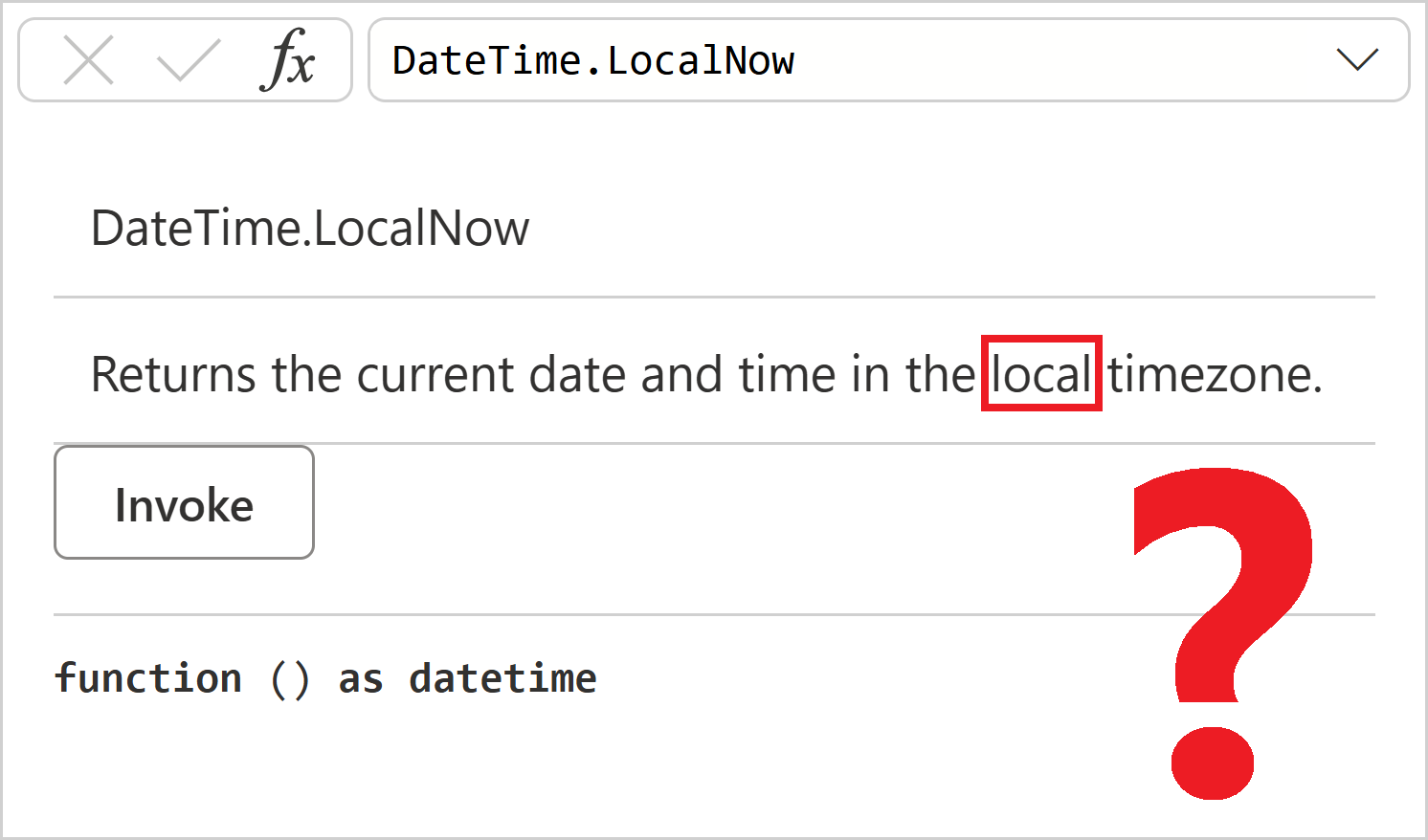
Recently I had an issue with what DateTime.LocalNow function returns in Power Query. The behavior of the function was more or less well-known (or so I thought), yet the results surprised me. I decided to dig deeper, and in this blog post I’m sharing my findings. Continue reading “What is Power Query’s time zone?”